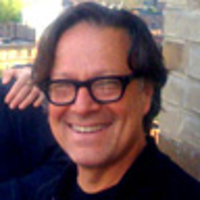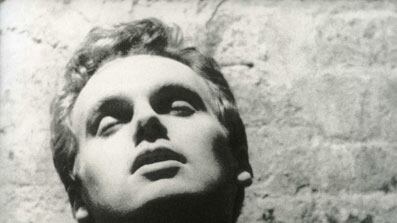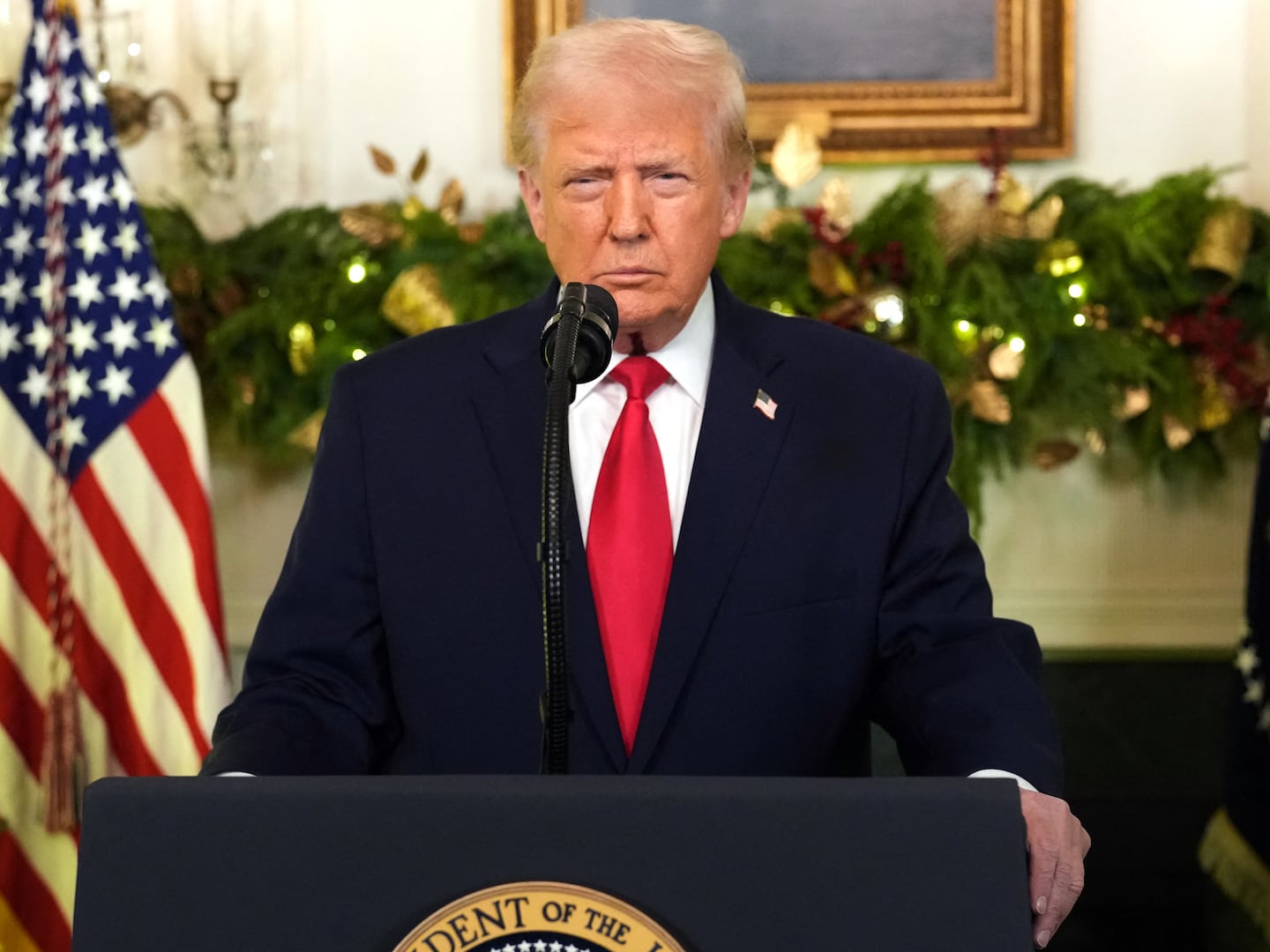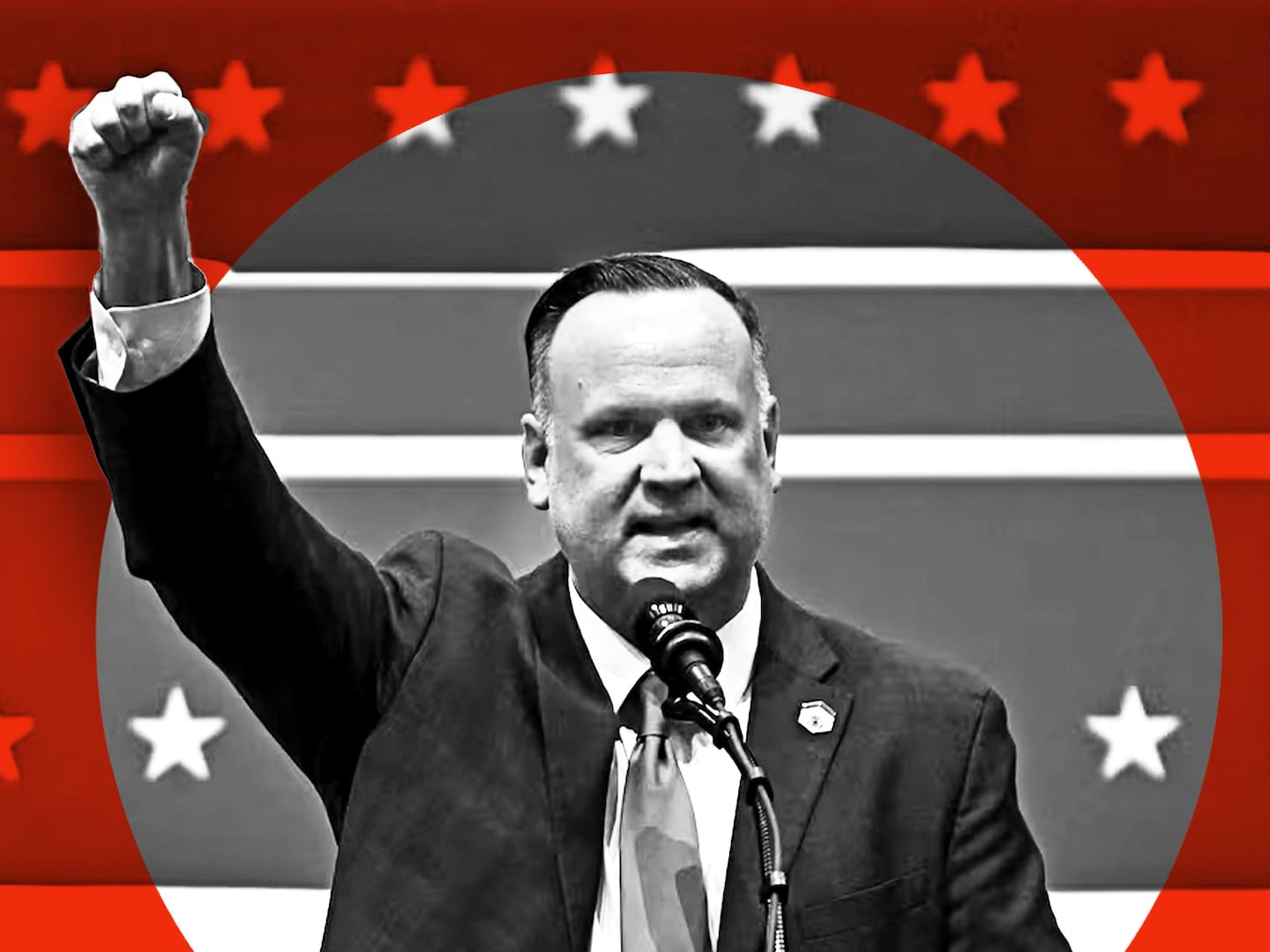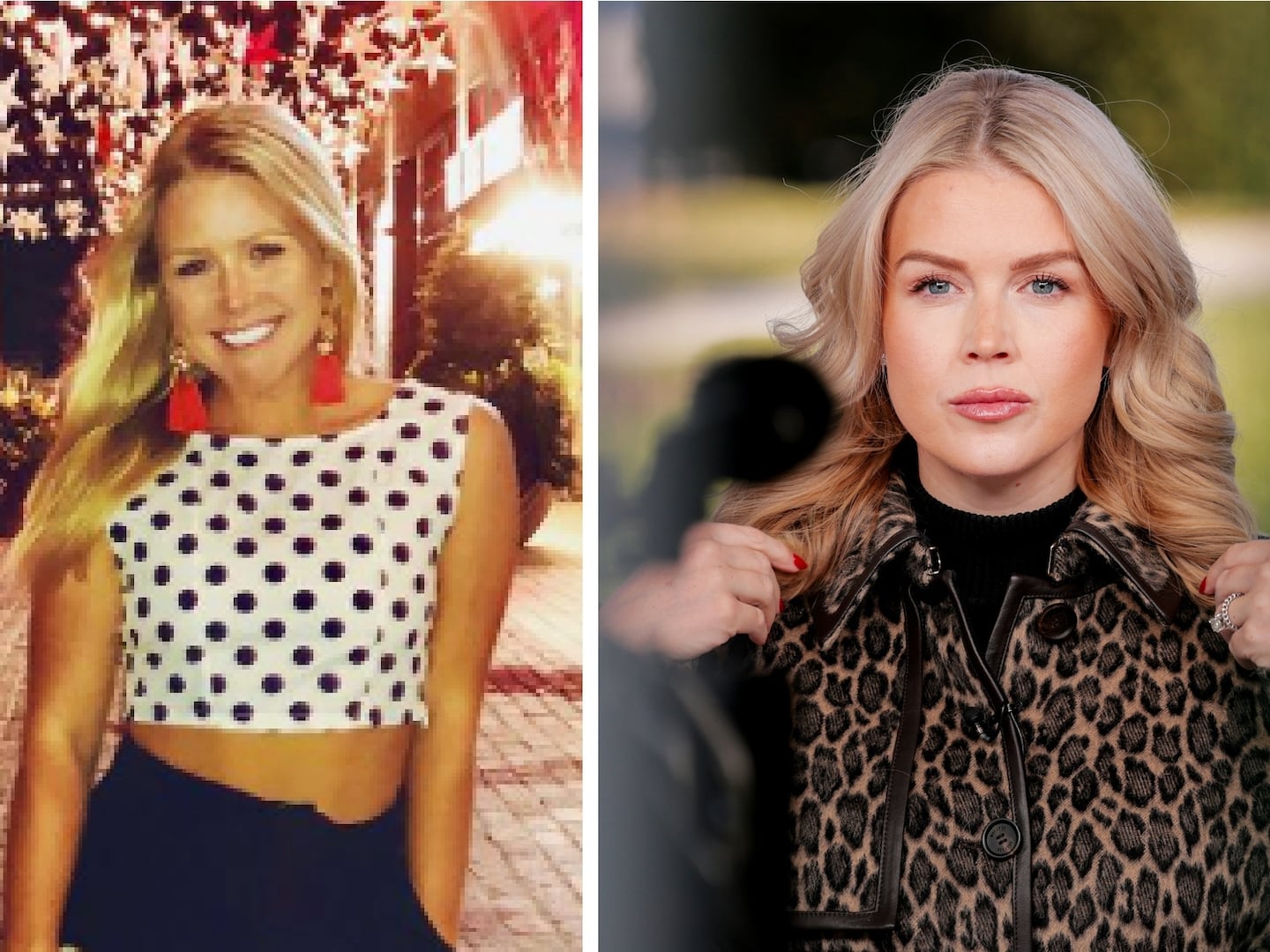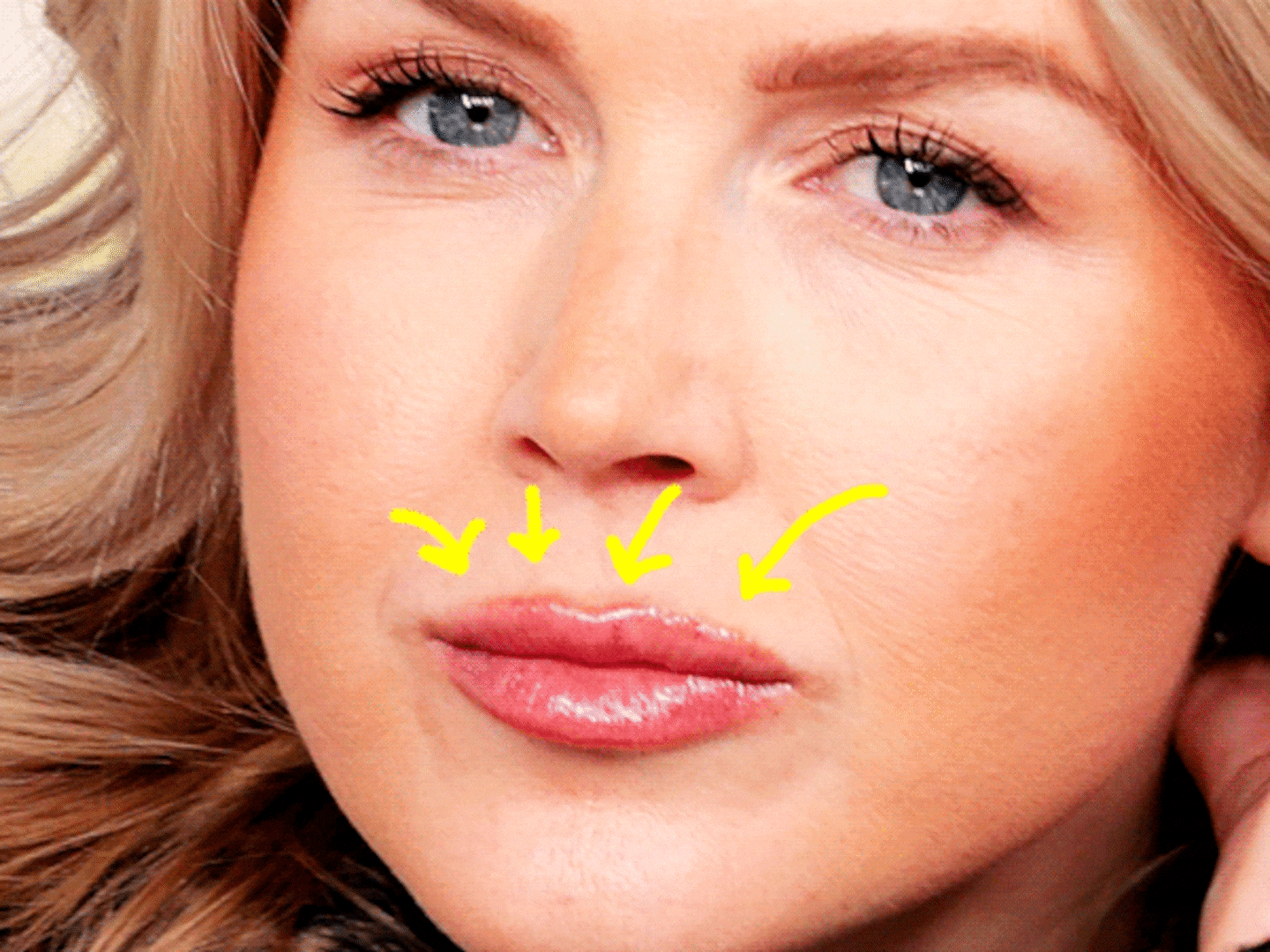Surveillance cameras are not only ubiquitous in our culture but ever more conspicuous in the course of our daily lives. No longer is it possible to avoid the gaze of global satellite monitors, building-mounted videocameras, or that beady little dot on our computer screens. Even cellphone images give spying new meaning: Their real-time portability can capture scenes and moments wherever you are. Still, despite these persistent new challenges to the ever-eroding “zone of privacy,” photographers have been violating personal space without consent since the medium was first invented.
Click Image to View Our Gallery of “Exposed”

Photography might well have been invented to satisfy the human impulse to pry, and Exposed: Voyeurism, Surveillance and the Camera, an exhibition of 250 photographs taken on the sly from the mid-19th century to the present, at the Tate Modern through October 3, is a scholarly—and wholly satisfying—confirmation of this transgressive practice.
Many of the pictures in the show don’t appear surreptitious at all until the circumstances of the era in which they were made come to light. Jacob Riis, for example, photographed overcrowded living conditions in lower Manhattan in the 19th century and produced a classic book, How the Other Half Lives, in 1890. He was able to document tenement apartment hallways, dark back alleys, and even the residents themselves while they were sleeping at night because of a new technology at the time, a precursor to the flashgun that utilized magnesium and gunpowder in order to explode a flash on firing. Even the press considered Riis’ pictures an encroachment on the lives of these people, disparaging him as an “intruder.”
“Although his intent was to promote an improved standard of living for the poor,” writes Sandra S. Phillips, chief curator of photography at the San Francisco Museum of Modern Art, who organized the exhibition, which will travel to SFMOMA later this year, “many of Riis’ photographs are almost shockingly invasive, a sense reinforced by the brutal, assaultive flash, especially potent in photographs made indoors of the sleeping poor.”
In 1916, Paul Strand used a false lens on his camera to mask his actual lens, which pointed to the side. He would walk the streets of the Bowery and photograph poor immigrants, standing close to them to shoot their faces while deceptively pointing his camera elsewhere. This was how he made one of his best-known pictures, Blind Woman, New York, 1916. What a surprise to learn of such shenanigans from a photographer known for his unflinching eye.
In 1933, Ben Shahn loaned Walker Evans a right-angle viewfinder, which he took on assignment to Vicksburg, Mississippi. There, he used his 8 x 10 view camera as a decoy, positioning it out in the open in full sight while secretly photographing unsuspecting people of the African-American community with a small camera outfitted with a right-angle lens. Subsequently, Evans spent time photographing unsuspecting riders of the New York City subway with a camera hidden under his coat and a cable release running down the inside of his sleeve. He would later say about his subway pictures that they were made in the “hands of a penitent spy and an apologetic voyeur.”
In Paris around the same time, Brassaï (né Gyula Halas) was peering into a darker and sexier world. “The real night people,” he wrote, “live at night not out of necessity but because they want to. They belong to the world of pleasure, of love, vice, crime, drugs. A secret, suspicious world, closed to the uninitiated.” His series of pictures, Paris de Nuit, published in 1933, compose an insider’s glimpse into that nocturnal demimonde—street-corner prostitutes, bordello patrons, nightclub revelers—rendered in ominous shadow and hints of street light and possessing the visual verisimilitude of peeking. Quaint by today’s standards, his photographs expose a world that was generally off-limits, behind-the-scenes, and scandalous in its day.
In the early 1970s, a young Japanese photographer named Kohei Yoshiyuki was shocked one night as he walked through a public park in Tokyo to find a couple having sex while several people were watching. Hoping to document the Peeping Tom phenomenon, he conducted a bit of espionage over the following few months, hanging out with the voyeurs to learn their habits and establish a rapport. Then he secretly photographed their activities in several Tokyo parks off and on throughout the decade.
His camera was small, the darkness of night provided cover, and the infrared bulbs he used to make his exposures were barely noticeable—not unlike the small red taillights of a passing car. Yoshiyuki was spying on the Peeping Toms while they were spying on the unsuspecting lovers. We, as viewers, observing what was photographed clandestinely, become voyeurs, too.
One of the most famous cases of photographic voyeurism and privacy violation was brought against the notorious paparazzo, Ron Galella. His obsession with photographing Jackie Onassis prompted her to sue him and obtain a restraining order that required the photographer to stay at least 150 feet away from her and her children. Galella’s picture, What Makes Jackie Run? Central Park, New York City, October 4, 1971, taken before the order was issued, is a paparazzi shot as well as a surveillance picture suffused with poetic resonance—the most famous woman in the world trying to eke out a little privacy in her daily life. “I believe she ran both to distract me from her daughter and to help her court case claiming invasion of privacy and harassment,” wrote Galella.
In 1999, Philip-Lorca diCorcia set up his camera on a tripod in Times Square, attached strobe lights to scaffolding across the street and, in the time-honored tradition of street photography, took a random series of pictures of strangers passing under his lights. The project continued for two years, culminating in an exhibition of photographs called Heads at Pace/MacGill Gallery. But when one subject later saw his own face in the exhibition catalog, he sued diCorcia and Pace for exhibiting and publishing his portrait taken in public without permission and profiting from it financially. A New York State Supreme Court judge dismissed the suit on grounds that the photographer's right to artistic expression trumped the subject's privacy rights.
Surveillance, of course, does not spring from artistic curiosity and there are examples in the exhibition of various forms of espionage imagery from the military—as well as pictures exposing hideous crimes committed in secrecy. These are the more pragmatic, if ominous, examples of the use of government surveillance, prompted by initial suspicion (whether warranted or not) and later sometimes bearing proof.
Sometimes, though, proof is purely accidental. As a young picture editor, I once assigned a photographer for a story about several new dinner clubs in New York City. One picture captured a couple in a splendorous dip on the dance floor and it ran splashed across the cover of the Weekend section of The New York Times. The morning the story appeared, the male subject called the paper in horror, claiming that the woman he was dancing with was not his wife. The picture turned his private assignation into a spectacle for all the world—and his wife—to see. He was thrown out of the house. We couldn’t have anticipated that the picture would ruin a marriage, but it proves that you never know who is watching.
The artistic impulse for many of these stolen glimpses was eloquently characterized by Walker Evans in a letter to a friend. “Stare,” he wrote. “It is the way to educate your eye, and more. Stare, pry, listen, eavesdrop. Die knowing something. You are not here long.”
Plus: Check out Art Beast, for galleries, interviews with artists, and photos from the hottest parties.
Philip Gefter writes about photography for The Daily Beast. He previously wrote about the subject for The New York Times. His book of essays, Photography After Frank, was recently published by Aperture. He is currently producing a feature-length documentary on Bill Cunningham of the Times, and working on a biography of Sam Wagstaff.
